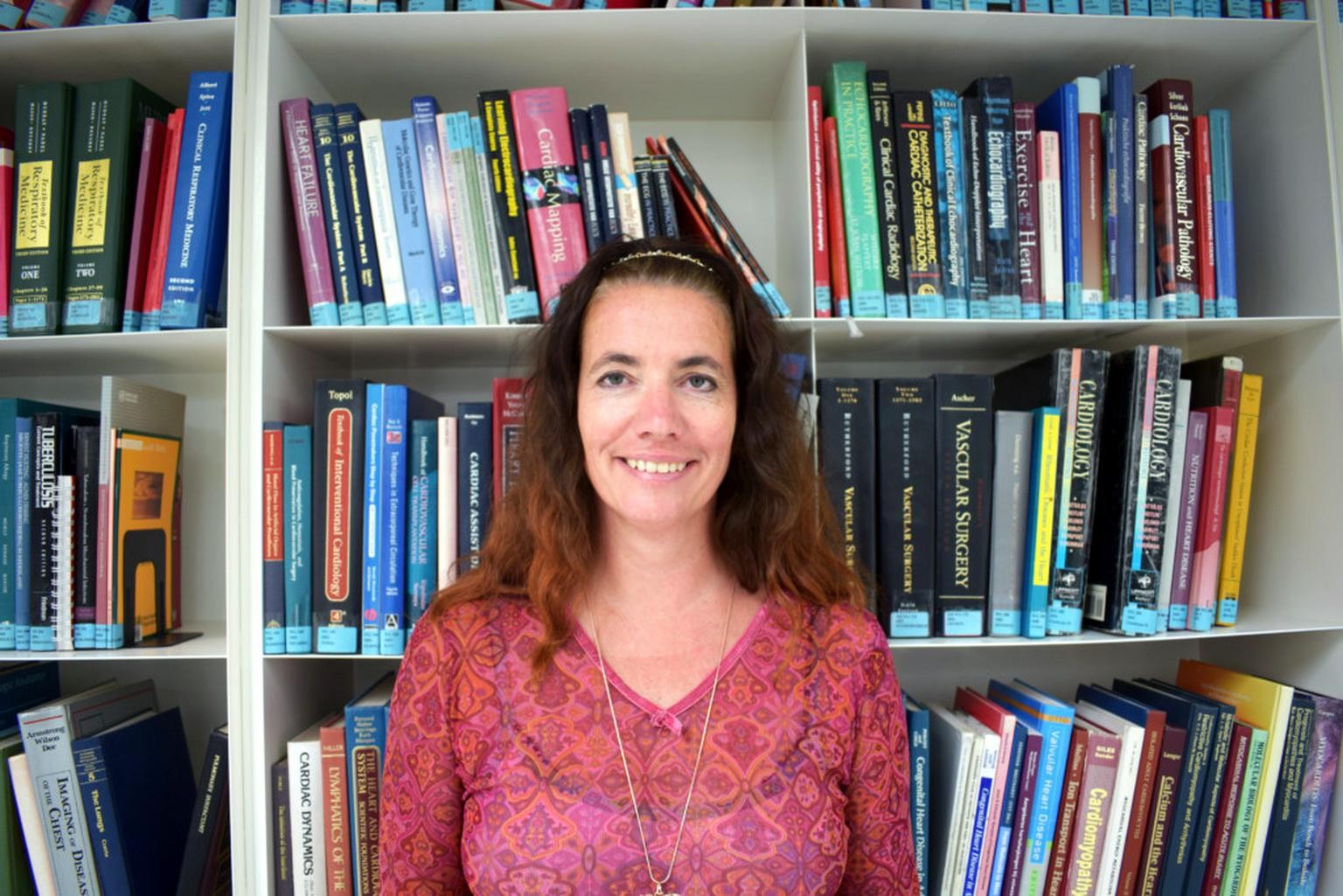Professor Bianca Brunel will investigate the influence of agricultural poisons on cardiac arrhythmias.© photo pr
–
Sjaak Smakman
–
Regio
Amsterdam professor Bianca Brundel will conduct a major study into the link between the use of pesticides and cardiac arrhythmias. She has been working at UMC Amsterdam for a quarter of a century on the causes and treatment of cardiac arrhythmias and in laboratory research has found indications that pesticides play a role in this. The study will start in September and anyone can participate.
–
Brundel initially wants to focus on people who work in agriculture and horticulture and who regularly work with agricultural poisons. But she also wants to involve people who live (close to) areas where poison is sprayed. Brundel is starting the research together with the Drenthe citizens’ initiative Meten=Weten, which is very concerned about the health consequences of the use of pesticides in lily cultivation.
A lot of poison is also used in flower bulb cultivation in the Bollenstreek, and here too people with or without heart rhythm disorders can participate in the Circular project. Brundel works together with researchers from the University of Amsterdam, Erasmus MC, UMC Utrecht, WUR (Agricultural University Wageningen), the Saxion University of Applied Sciences and various companies.
In the Netherlands, 345,000 people suffer from cardiac arrhythmias and, according to Brundel, 45,000 are added every year. These disorders increase the risk of stroke and can also cause heart failure. Now that laboratory research has shown that pesticides can cause cardiac arrhythmias, Brundel has received a subsidy to conduct further research into this.
According to figures from Statistics Netherlands, lily cultivation in Drenthe is an outlier when it comes to the use of poison with an average of 125 kilos per hectare per year. With tulips on the open ground, an average of 25 kilos. On average, use in bulb cultivation is 52 kilos per hectare. In addition to use on open ground, it is also widely used in greenhouses. With chrysanthemums and roses, this is around 80 kilos per hectare per year.
Parkinson
Pesticides have been linked to Parkinson’s disease before. There are increasing indications for this. The Parkinson’s Association therefore advocated a ban on the widely used poison mancozeb. Municipalities in the Bollenstreek want to grow bulbs without the use of poison. Hillegom included in his environmental vision that cultivation must be done without poison by 2030. Lisse initially had that in it, but decided to delete it in November at the initiative of the CDA. Only the PvdA wanted to stick to 2030.
People who want to participate in the study can fill out a questionnaire at: https://afiponline.org/nl
—


